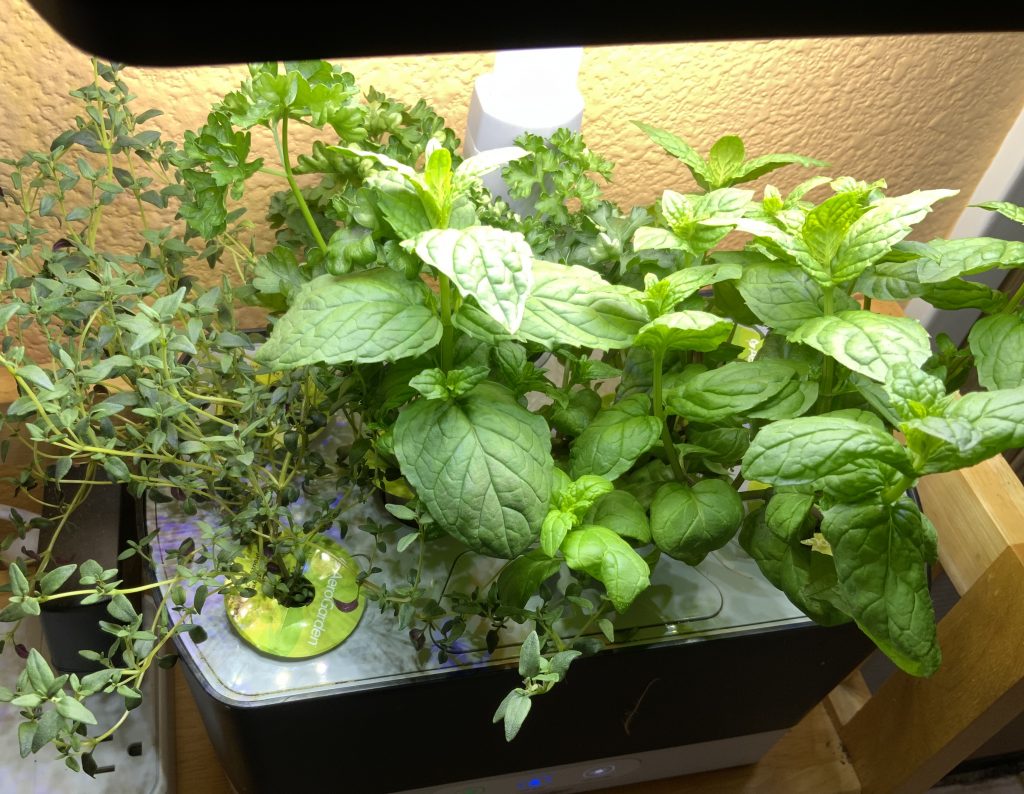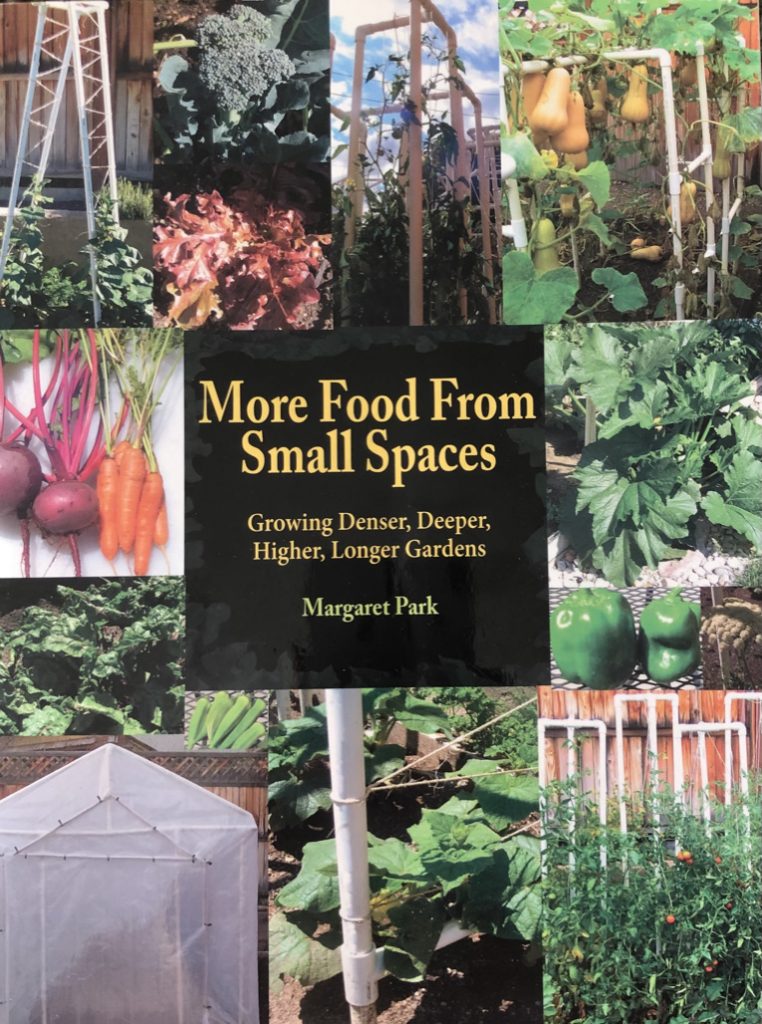Like Voltaire’s great character, Candide, it is time to cultivate my garden. Someone teased me that my New Year’s resolutions to seek more joy (and I was finding that joy in growing herbs and greens) sounded a lot like Candide stating that at the end of all his adventures and struggles “we must cultivate our garden.” I had forgotten that the famous garden quote included “cultivation.” Since so much of our blog does deal with cultivation of our character, I can see some parallel in the secular “Enlightenment Eden” promoted by Voltaire to our own search for a more holy form of enlightenment. I am reminded of a quote at the conclusion of the favorite classic when Candide and his motley crew meet a happy old Turkish man who tells him “I have only twenty acres,”…”I and my children cultivate them; our labour preserves us from three great evils–weariness, vice, and want.” We are not seeking a worldly paradise–although the beauty the plant kingdom offers cannot be underestimated–but Voltaire’s three great evils could be restated as laziness, ignorance, and greed or desire and these are all spiritual goals we aim to eliminate as well.

At age 80, I feel that I have been given a new life to be able to garden once more. A few years ago, my dear friend Gesang helped me establish a wonderful garden. We used the system she developed to grow more food from small spaces.[1] She developed an urban garden in a challenging small back yard that enabled her to almost be self-sufficient vegetable-wise. I could not have done this without her help and for a few years I could garden again. Then the drought came, and I had a heavy travel schedule, and I lost the garden. I gained a garden-savvy nun, Sonya, to help at the temple and then two more young nuns to help her and they started their own style of gardening. But I was becoming less mobile and felt my gardening days were behind me. I had different ideas about the kinds of food I wanted to grow but was not able to do anything about that—or so I thought.

It started with the above small hydroponic herb garden I gave myself as a Christmas present. It was such a delight that I added in some sprout trays and then microgreen trays and a month later a full-blown hydroponic salad/greens machine (more on that later). This was something I could manage, and these indoor gardens are giving me the greens and herbs I wanted. I nibble a lot. It also got me out of bed and away from my computer. Being surrounded by fountains and tiny lights and growing things was magical. The photo above was taken three weeks after I planted my first seeds, while the one at the top was taken almost a month later after the dill and two basil plants had grown so big they had to be transplanted to a much larger pot. The baby parsley, mint, and thyme are in need of an upsized home now as well. The plants really respond to the full spectrum LED lights and so do I.
After almost a year of being sheltered-in-place with COVID being able to garden again was a blessing. I wanted to share what I learned so that other home-bound, not so mobile types could continue to garden even if they did not get outdoors much. All these additional fresh greens and vegetables resulted in me starting to do Bokashi-style composting again—something else I learned from Gesang. Gesang also sent me some of her powerful sour dough starter and even though most of it escaped in the mail coming from Utah, there was enough for me to start my own. My first couple of loaves ended up mostly feeding the compost bucket, but I was finally able to bake a successful loaf. Toasted sourdough with minigreens, cream cheese, and a cover of very fresh bright green lettuce–yum.
I found that indoor gardening can fall into two categories by medium used: soil (or near soil) and water. There are advantages to both. I am sure the COVID home-boundness of so many was a fantastic boost to the seed companies and a number of bright entrepreneurs set up separate businesses catering to that market. I had tried some of the forms of indoor gardening before, but now there was a whole line of sellers and products out there to help you. I was familiar with many of the old classic seed companies—Johnny’s Select seeds, Burpees, even the Kitazawa Seed Company, a Japanese Oakland based seed source for over 100 years. Now I was discovering some delightful boutique seed companies, many who specialized in hydroponic gardening and the like. I found my old equipment for growing sprouts, and did a few flats of alfalfa and a superfood spicy mix of broccoli, purple kohlrabi, radish, collards, and turnips. They were ok in sandwiches with lots of mayo, but somewhat disappointing overall and a lot of work every day. Just added specialized hydroponic minigreen trays. Some seeds seem to only grow as mini or baby greens in soil, but I will first try with just using water. I will keep you posted.

[1] Learn more from Gesang’s excellent book More Food from Small Spaces: Growing Denser, Deeper, Higher, Longer Vegetable Gardens that she published in 2013 under the name Margaret Park. You can contact her about it at margaret@greatriverbooks.com.



Add comment